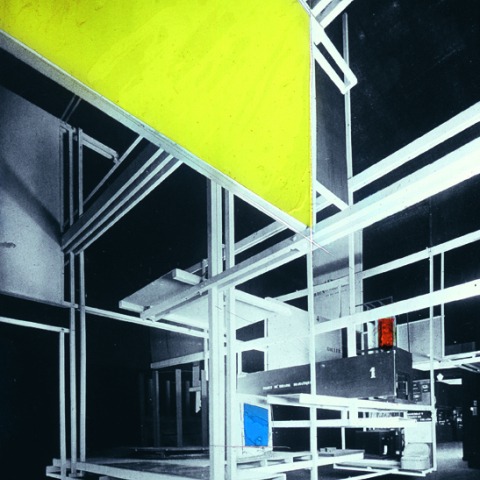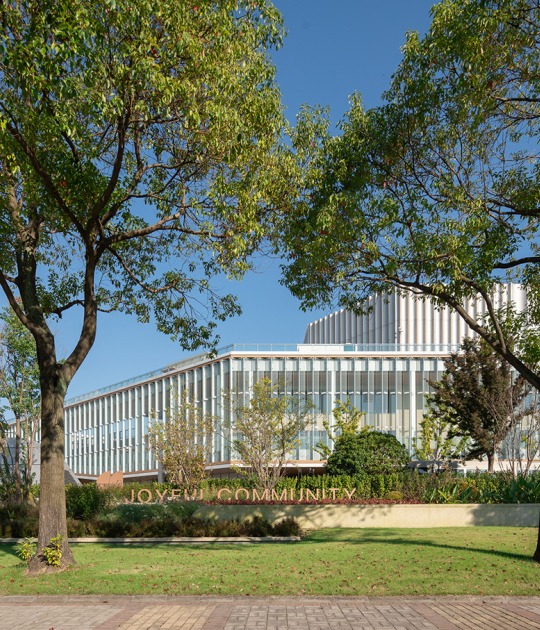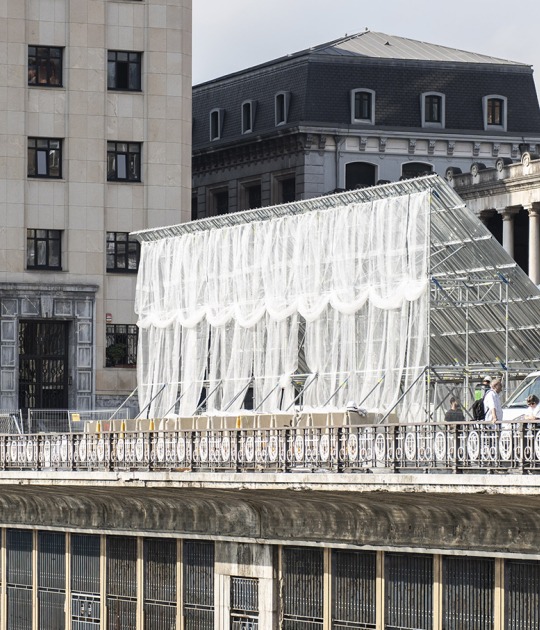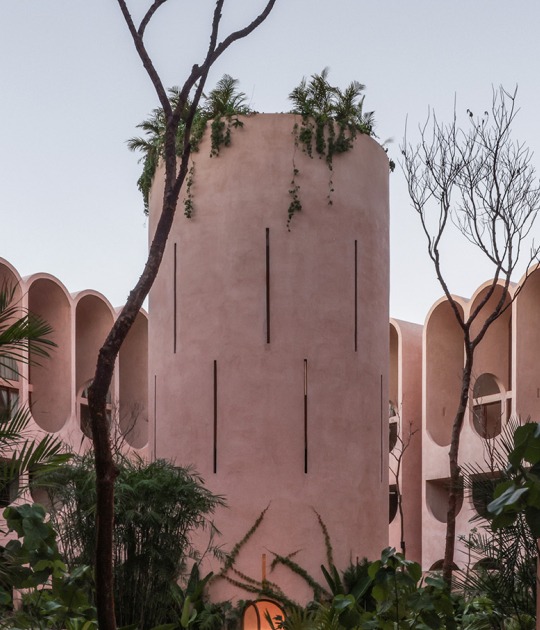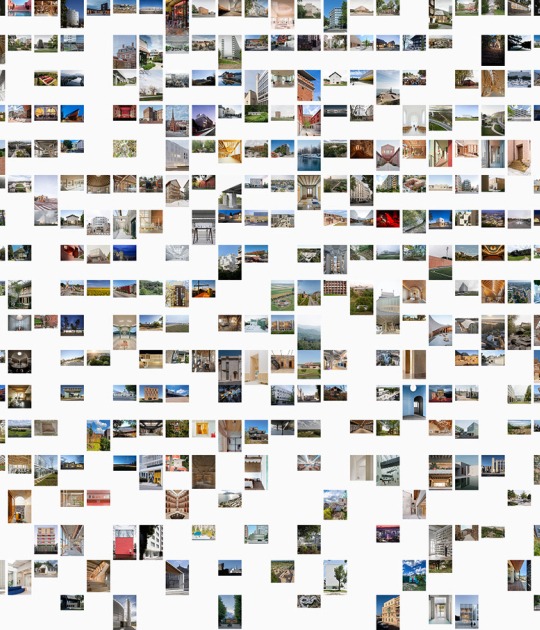(Pseudonym of Christian Emil Marie Küpper, Utrecht, 1883 - Davos, 1931) Architect, painter and Dutch art theorist, one of the creators of neoplasticism. After some figurative beginnings according to the form of the fauves, it was centered, influenced by Kandinsky, in a form of geometric abstraction. Mondrian's friend since 1915, he founded the group and the magazine De Stijl (1917). He also collaborated in architectural projects and wrote theoretical texts (Fundamental Principles of the New Plastic Arts, 1925), as well as carrying out an important propagandistic role and diffusion of the main artistic centers. His subsequent evolution made him a key reference point for the abstract groups of the 1930s; To him it is due the project of the Abstraction-Creation group.
In 1918, the same year that Tristan Tzara wrote the Dada Manifesto, Theo Van Doesburg and other Dutch painters and artists, such as Piet Mondrian, published the Manifesto of Neoplasticism, totally antagonistic to the Dadaist. If the Dadaists wanted to destroy art, the Dutch wanted their total renovation. Faced with intuition, irrationality and chance, they opposed the ordering reason, capable of creating a style of simple and clear forms, characterized by the use of primary colors and applicable to all plastic manifestations. Van Doesburg's commitment was made in the defense of a utopia that was both rationalist and humanistic, especially in his projects of interior decoration, which included painting and architecture.
In 1924 he published in the Bauhaus Principles of Neoplastic Art and gave various lectures in Europe. In that same year he rebelled against Mondrian's programmatic insistence on the use of only vertical and horizontal lines, making his first Counter-position, in which he introduced the diagonals and began a new direction of neoplasticism, which is known as elementarism. Mondrian would consider this attitude of Van Doesburg heretical and began his estrangement from the De Stijl group. In the early 1930s he became the driving force behind the new Parisian abstract group called Abstraction-Creation.
Theo Van Doesburg carried out interior decoration projects, generally in collaboration with other artists, in which continuities or chromatic breaks articulate the spaces and dynamize them by integrating a visually inseparable color-architecture unit. Together with Van Eesteren he made several projects, among them the lobby of the University of Amsterdam (1923) and the decoration for Café L'Aubette de Strasbourg (1928), made with the collaboration of Hans Arp and Sophie Täuber, for The one that conceived the articulation of walls and ceilings through great bas-reliefs. In them the game of diagonals promoted links between the different surfaces and established a continuity between the various spaces of the rooms.
